One day in mid-October, standing at the head of Ba Dai canal (Long Hau commune, Lai Vung, Dong Thap ), Mr. Nguyen Van Mang (50 years old, boat builder) reminisced about the time when the boat building craft village on both banks was bustling day and night, developing prosperously.
In 2005, according to local government statistics, there were about 150 boatbuilding workshops on both sides of the canal, with more than 1,000 workers working day and night. Today, Ba Dai canal is getting narrower, and the sound of saws and chisels from the wood workshops can rarely be heard on both sides of the canal.
Walking along the canal bank, every once in a while you see two or three junks more than ten meters long and about 3 meters high lying on the bank, rotting.
Right at the head of the canal, next to an old boatyard, are five boats with a capacity of tens of tons, languishing at the water’s edge for years. These boats were all newly built, never launched, but could not be sold, so they lay on the shore exposed to the elements.
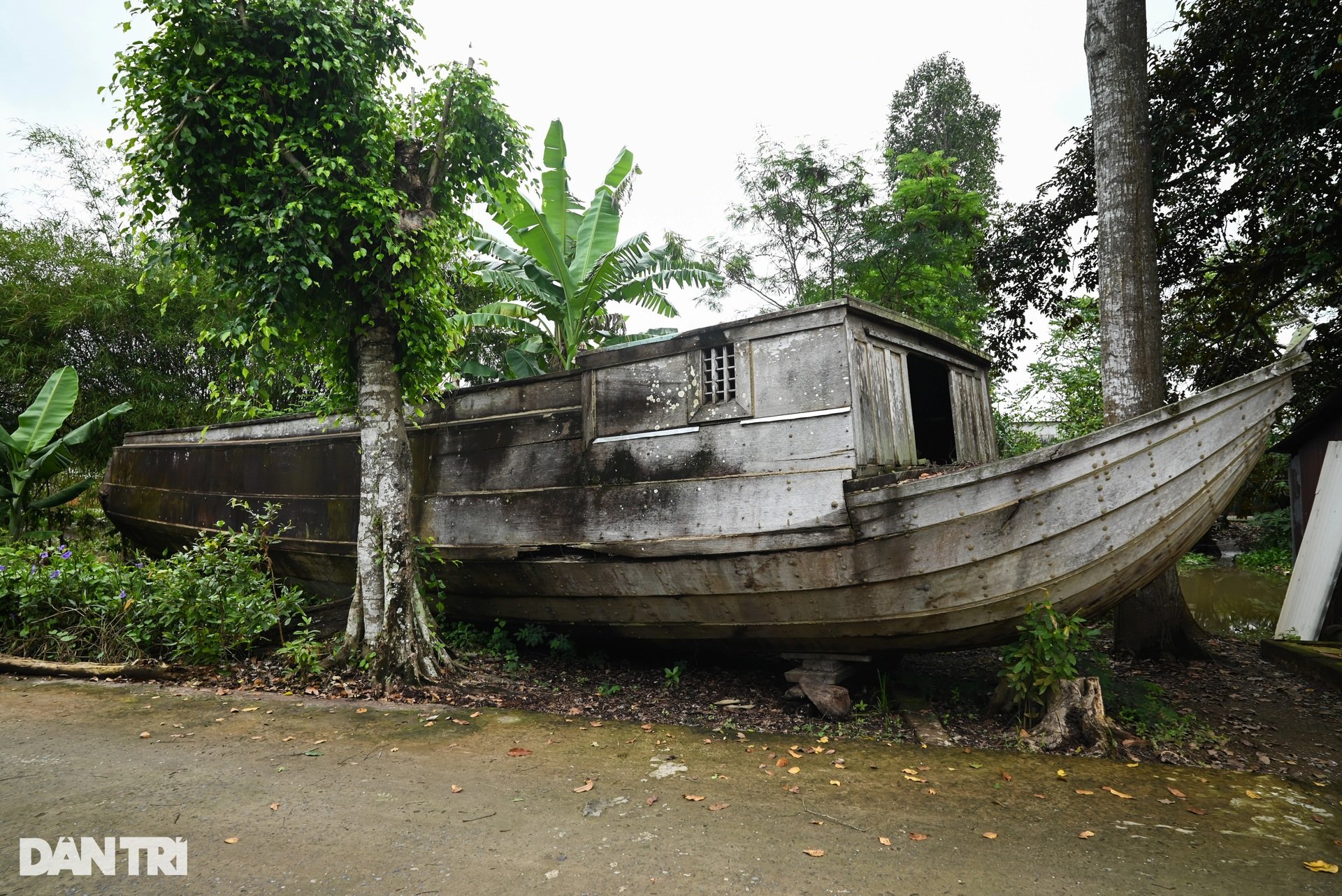
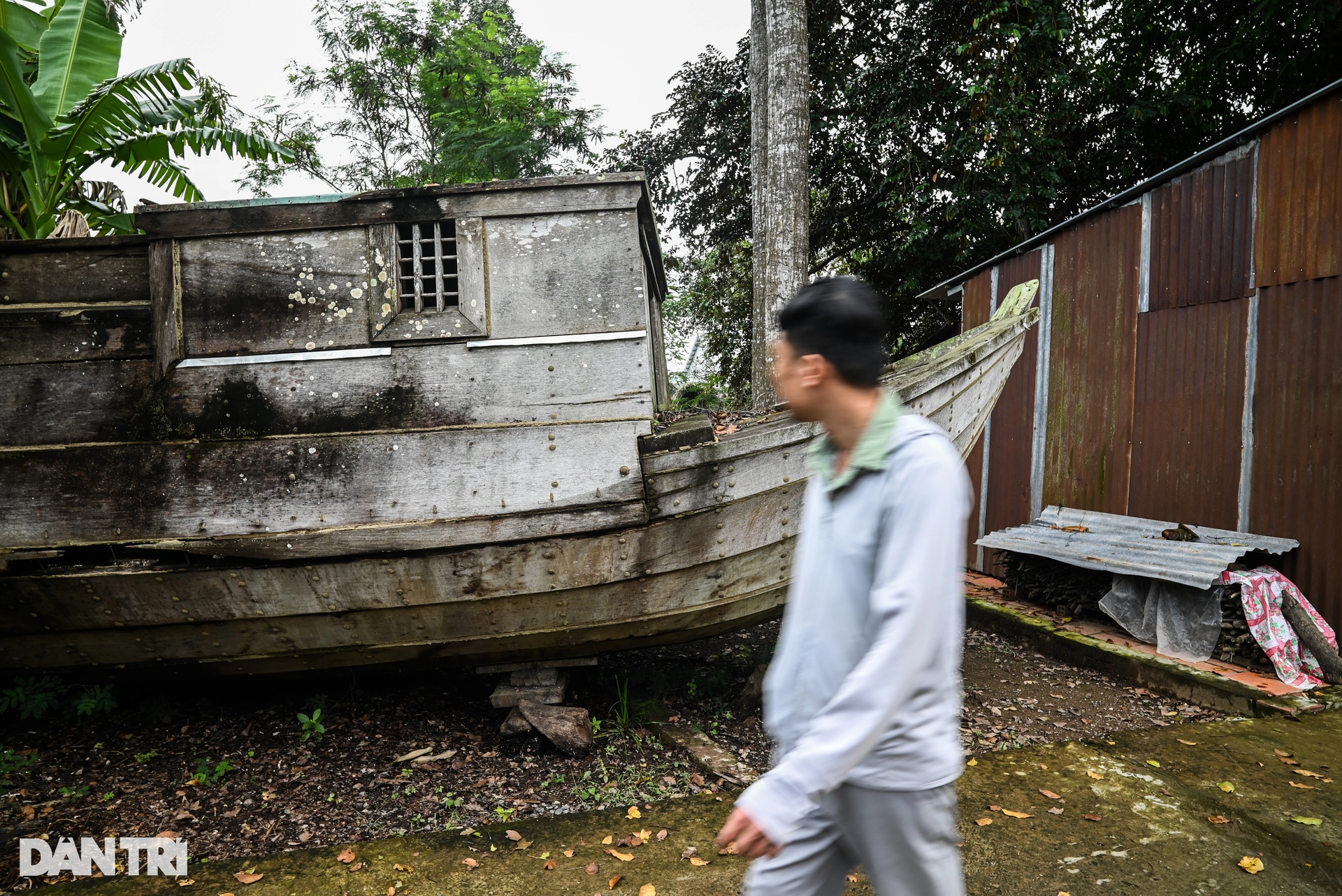
End of life and also end of craft village?
Mr. Mang said that around 2010, customers from all over the West flocked to Ba Dai to buy boats, and the workshops couldn’t keep up with the demand. The demand was so high that every workshop had to build boats in advance to wait for customers. But then the market suddenly “froze”, and for the whole year, not a single customer came to ask to buy a big boat.
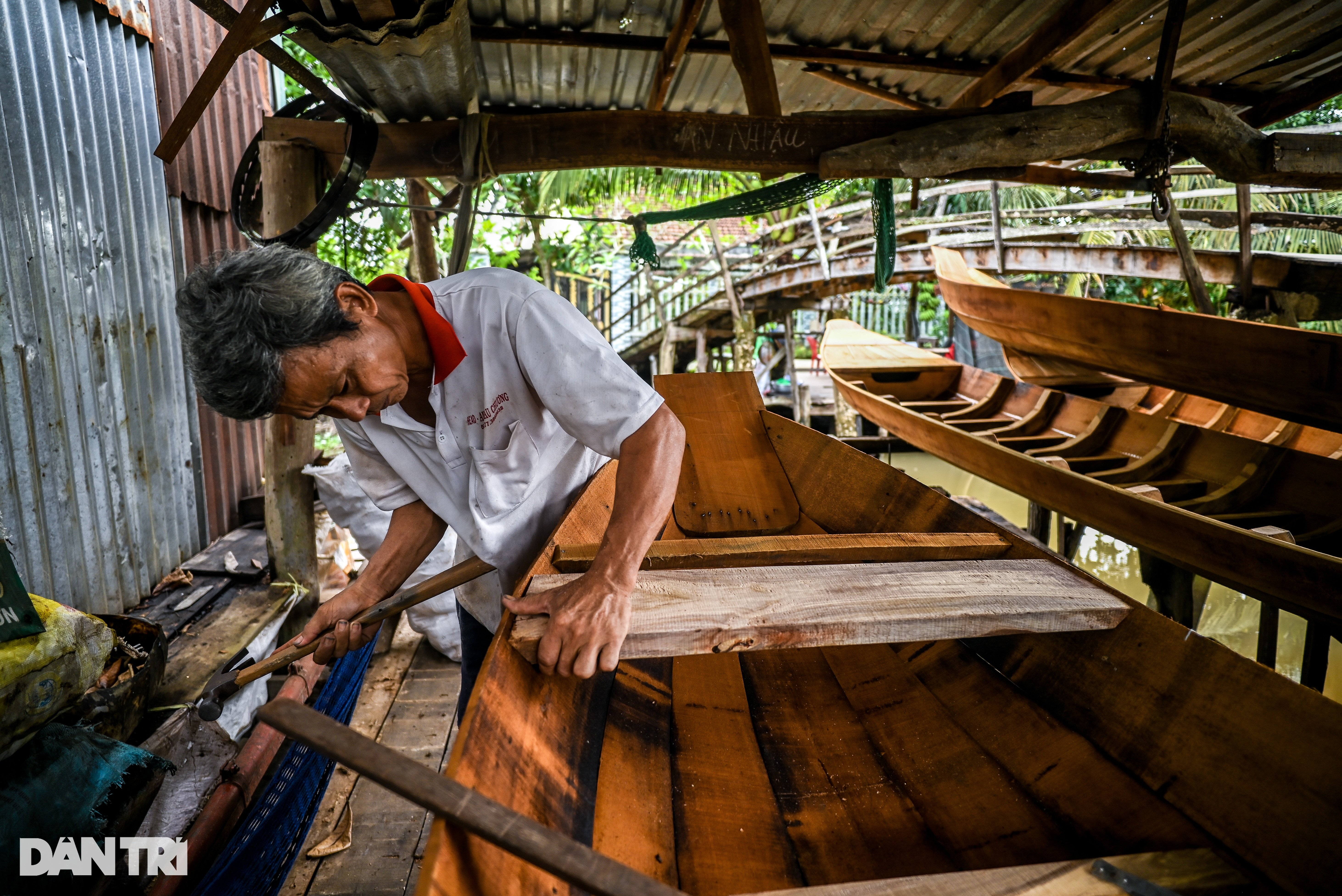
The West gradually developed, roads and trucks gradually replaced the sampans, plastic boats suppressed the sampans. In the first years of slow business, the owners of the sampan farms still had capital, still hoped that one day customers would return, so the sampans lying on the shore were still covered and preserved. But after 3 years, 5 years, then 10 years, no one came to ask, the sampans were gradually abandoned to the ravages of wind and rain.
“In the past, in the village, any boat that could not be sold would be brought here by the owner. In recent years, many boats have been dismantled to get the planks.
My family used to have two boats that had been sunbathing for more than ten years at the head of the canal. The cost of building them cost 500 million VND, but they had to be dismantled 3 years ago. All the capital we had saved up for a lifetime was gone, and the boat workshop my grandfather left behind could not be maintained. From being the owner, I had to work for hire,” Mr. Mang said sadly.
Through ups and downs, he still could not give up his job. After paying off all his debts and saving some capital, Mr. Mang recently opened a small boat workshop on the bank of the canal. This time, the boat workshop was not as big as before, so he had to hire workers. The area was only enough for Mr. Mang to manage by himself.
“It’s very difficult. In the past, people bought the products right at the factory. Now, I can build 15 boats a month, but it takes me half a month to transport them all over Ben Tre and Tra Vinh to sell them all. I don’t dare build big boats, only fishing boats can get buyers,” said Mr. Mang.
Regretting the profession, Mr. Mang also did not dare to let his children follow it, because it was difficult to make a living. He said that when his fellow workers sat together, they often complained, "We have to accept it, when our lives end, the craft village will probably end too."
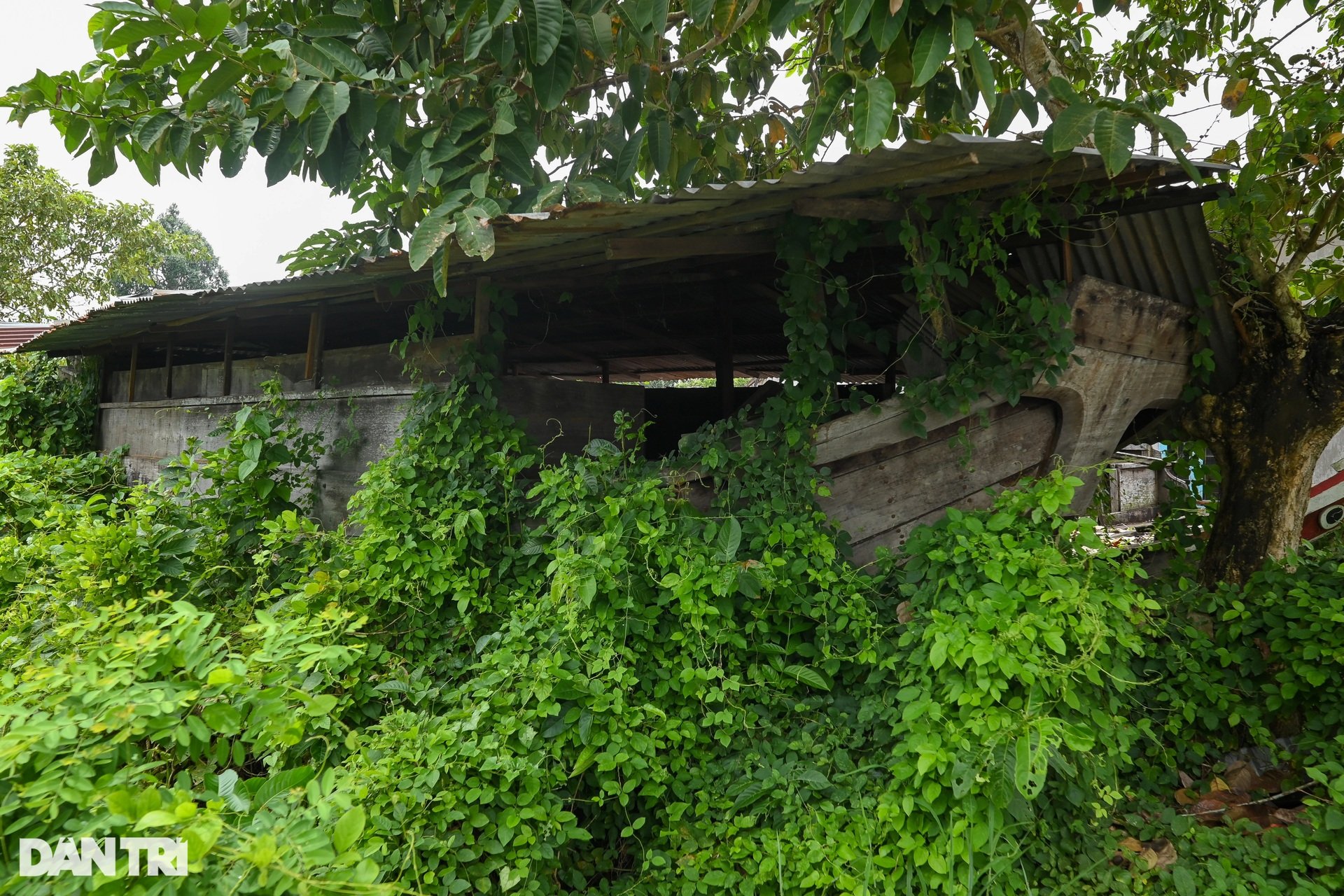
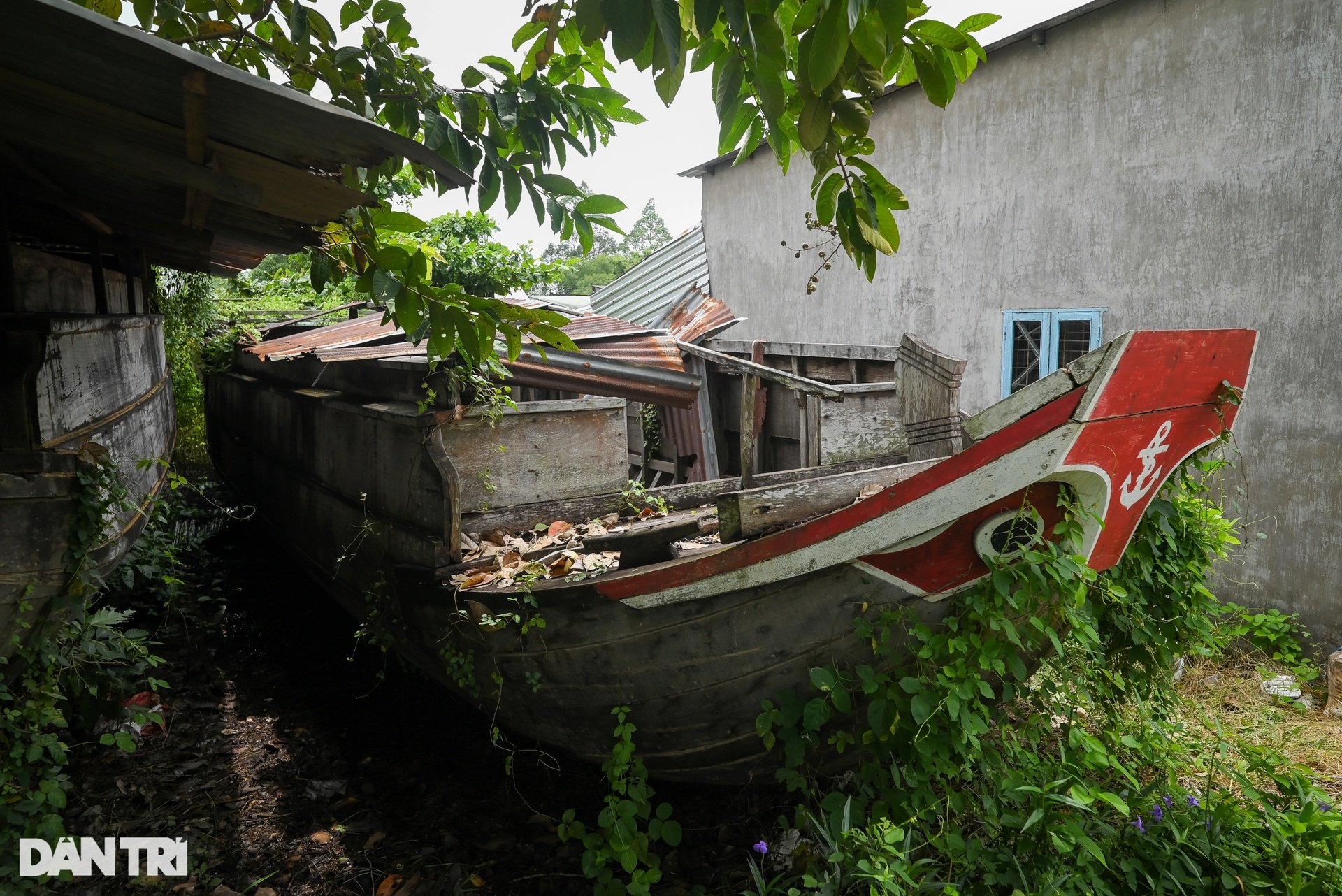
About 400m from Mr. Mang’s workshop, there is another boat-building workshop. Similar to Mr. Mang’s, this workshop is also small, with little wood, few goods, and only one worker. Mr. Nguyen Van Tam (53 years old, workshop owner) is nicknamed Tam “Xuong” by the villagers because he is so good at his craft that few can surpass him.
Mr. Tam said that he and his brother used to be boat builders. However, because the traditional profession could not support his wife and children, Mr. Tam's brother left his hometown to work for hire in Binh Duong .
Regretting the profession passed down from his father to his son, Mr. Tam could not bear to give it up. Real boats could not be sold, so Mr. Tam turned to making model boats and selling souvenirs.
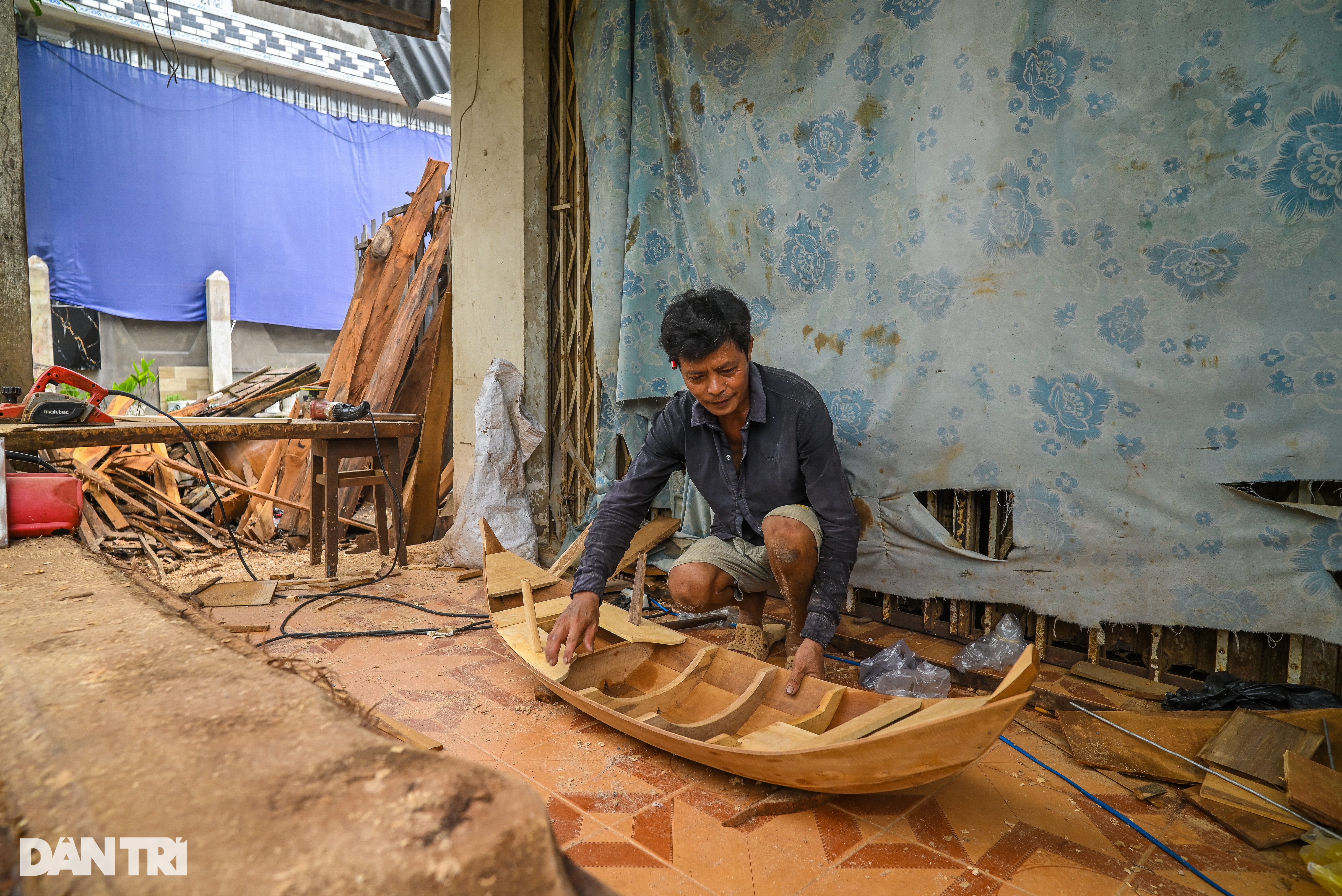
Mr. Tam turned to building model boats. Although he had good skills, his life was only just enough.
“Making a model boat is harder than making a real boat, so few people can do it. Even so, the daily wage is only 300,000 VND, so even fewer people are willing to do it,” said Mr. Tam.
Preserving the shape of the land
According to legend, the boat-making village along Ba Dai canal is over a hundred years old, the founder of the craft is Mr. Pham Van Thuong (commonly known as Mr. Sau xuong cui, born in 1875, died in 1945).
“From around 1970 to 2000, out of 10 houses around the canal, 9 were engaged in boat building, the sounds of sawing and chiseling were bustling day and night. But now, 9 of the 10 boat camps are abandoned, the workers have to change their profession and do other jobs,” said Mr. Nguyen Van Tot (Bay Tot, 64 years old), who calls the boat building profession by his late grandfather.
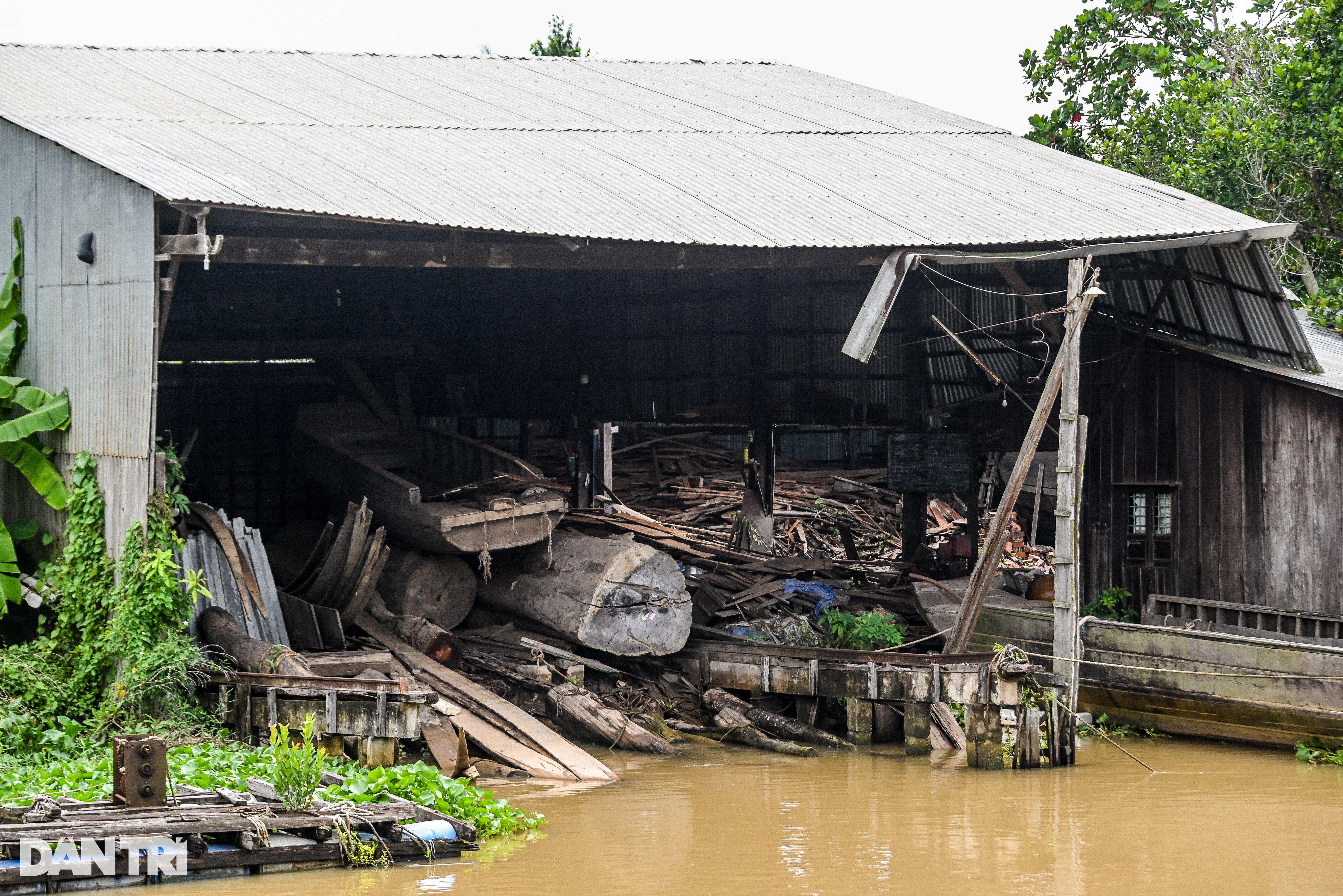
Mr. Bay is also considered the best boat builder in the hamlet, the one who built the 150-ton boat, the largest product ever produced in Ba Dai canal. However, the old craftsman also had to give up his father's profession to do other jobs to earn money to support his family.
However, his love for the profession and his nostalgia for the heritage of the land brought Mr. Bay back to sawing and chiseling, with the wooden boards smelling of mud. In 2012, Mr. Bay once again started his boat-building business, but this time he no longer built boats for river travel, he built model boats to display fruits.
Like Mr. Sau more than a hundred years ago, this time Mr. Bay created a new profession for the village - the craft of building mini boats.
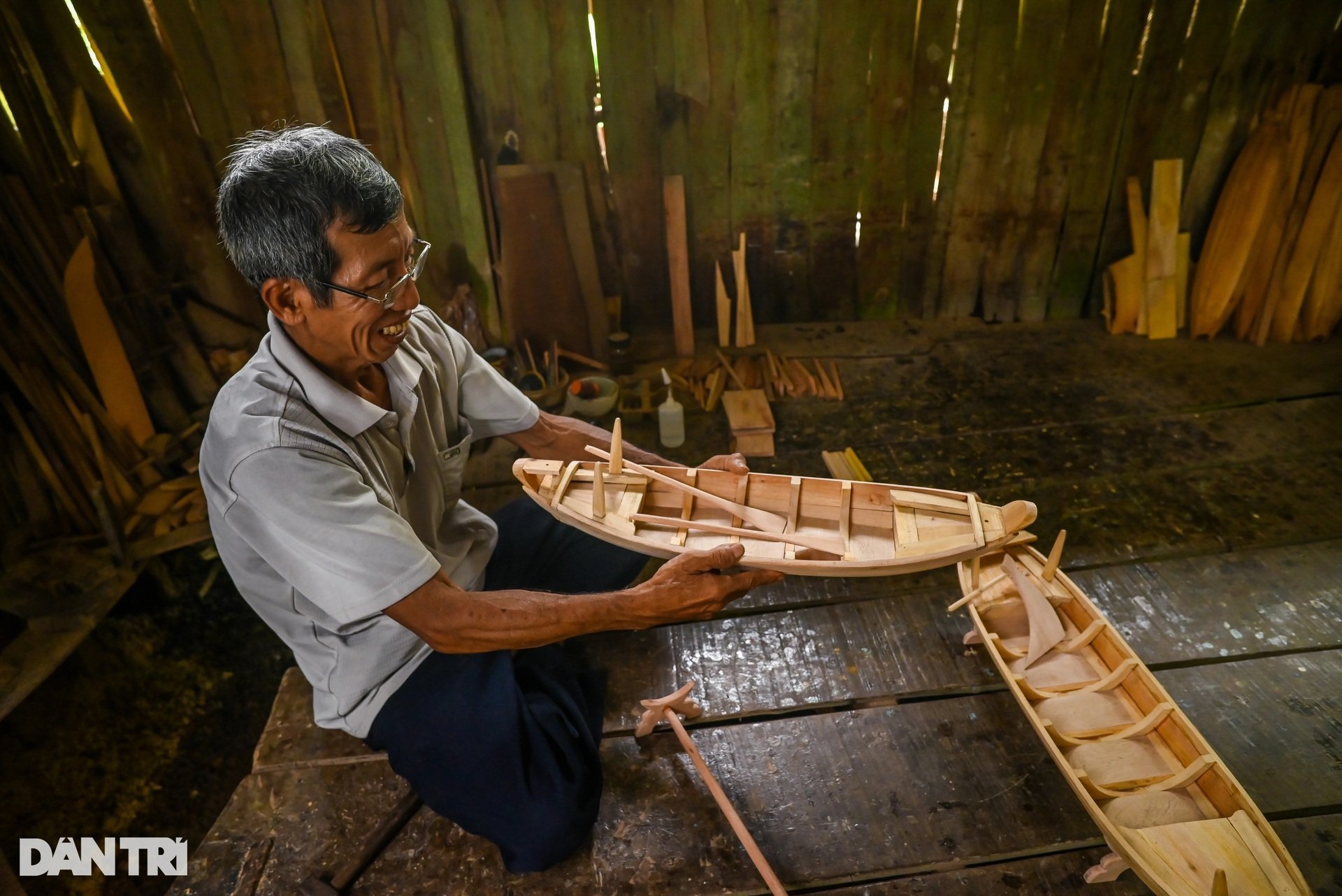
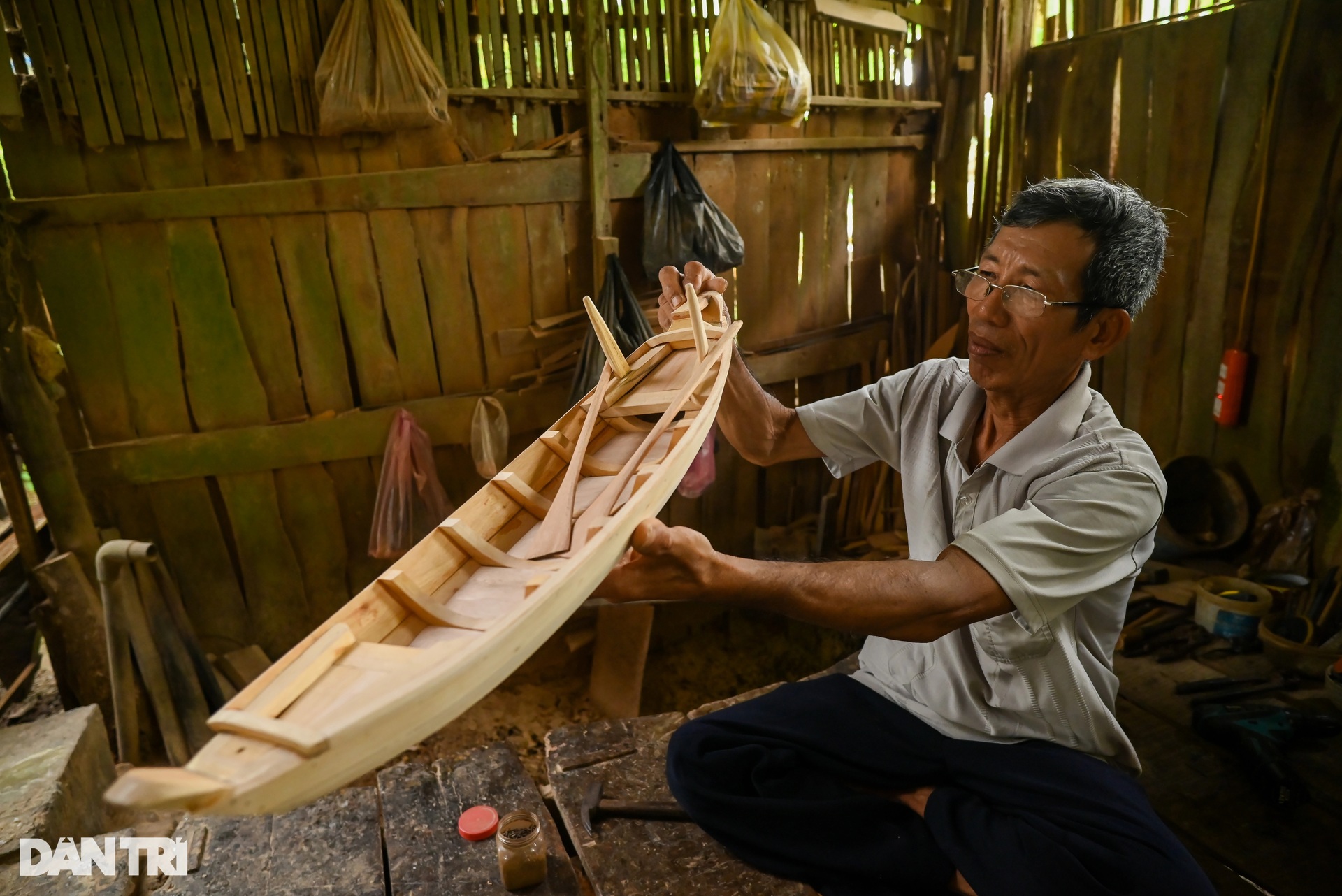
“I can’t bear to abandon my father’s craft. Unable to sell real boats, I thought of making model boats, perhaps a way to preserve the craft, to preserve the image of the boats so that future generations can imagine the shape of the river delta in the distant years.
Making model boats is much more difficult, taking 5-10 times more effort than making real boats, requiring strict skills from the craftsman to the quality of raw wood, so not everyone can do it. Up to now, I have made almost all models of boats that used to sail on the Mekong River, so I do not feel guilty towards my ancestors, not letting the traditional craft disappear," Mr. Bay said.
In Mr. Bay’s small workshop at the end of the canal, there are displayed all kinds of models of boats from the Western region. Visitors have the opportunity to see Ba Dai boats, sampans, bau boats, three-leaf boats, Can Tho boats, Soc Trang ngo boats… with sizes 1/10 of the real ones.
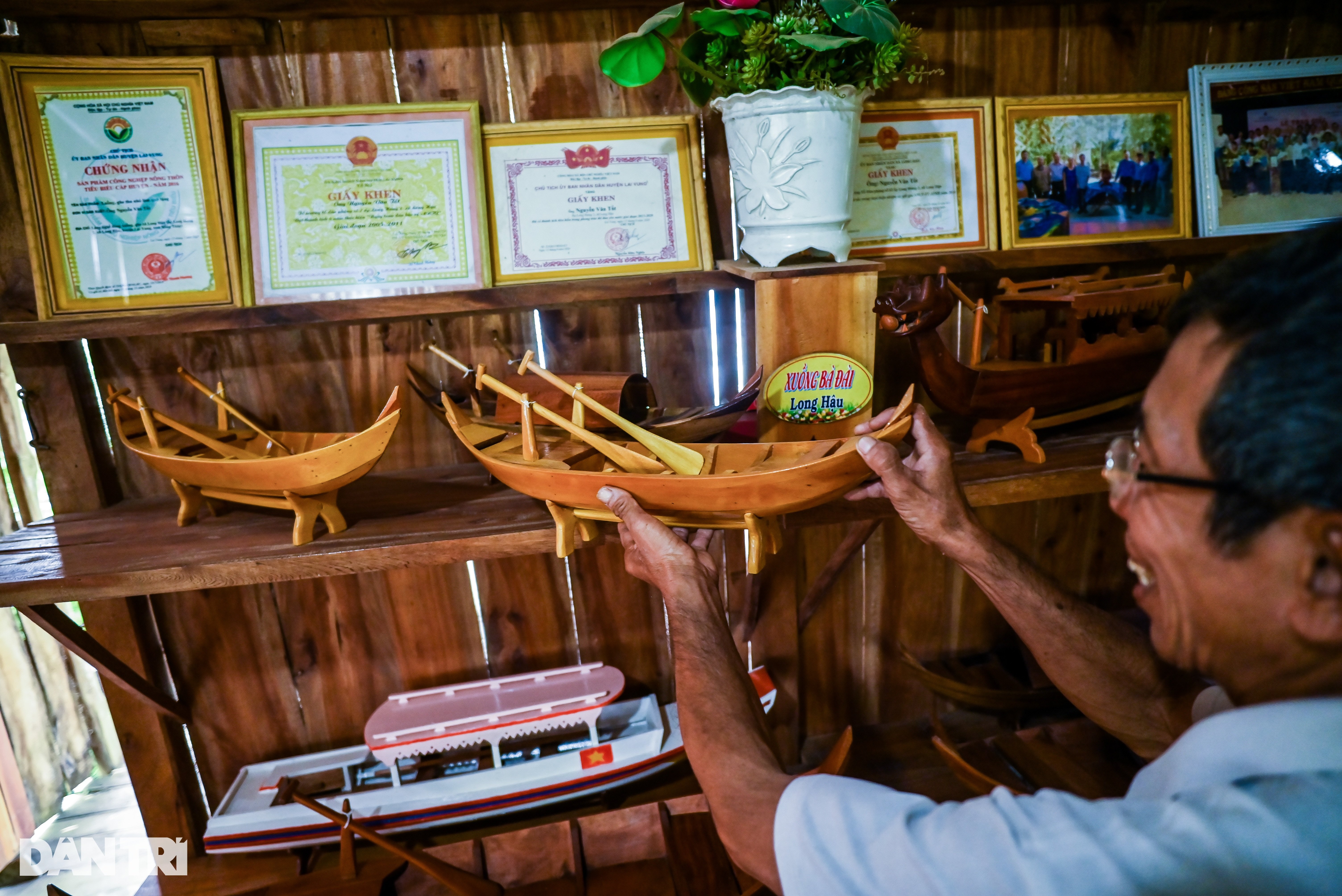
According to Mr. Bay, the boats are a spiritual energy associated with the memories of the river delta region, associated with the pioneering footsteps of our ancestors. Nowadays, the water overflows the banks only in stories, but Mr. Bay does not want the boats to gradually become fairy tales.
Real boats cost from several million to hundreds of millions of dong, while Mr. Bay's mini boats cost from several hundred thousand to several million dong depending on the model.
Mr. Bay said that the model boats are selling very well. Mr. Bay hopes to teach the new profession to the next generations in the village. However, he counted and counted, but the number of people willing to learn is still too many to count on one hand.
The boat-building village along Ba Dai canal is one of the typical craft villages of Dong Thap. In the past, each year the village produced tens of thousands of boats of all sizes and types, sold throughout the provinces of the West. The boat-building techniques of the workers along Ba Dai canal have many unique features, making the products have their own characteristics, highly appreciated by the market for both quality and aesthetics.
The leader of the Department of Culture, Sports and Tourism of Dong Thap province said that the craft of building boats along Ba Dai canal was recognized by the Ministry of Culture, Sports and Tourism as a national intangible cultural heritage in 2015. Faced with changes in the market, many establishments that still maintain the craft here have switched to making boat models for tourism and selling souvenirs.
Dong Thap province authorities are carrying out many activities to promote the image of the Ba Dai canal boat-building village and attract tourists to explore this unique heritage.
Photo: Trinh Nguyen
Dantri.com.vn
Source: https://dantri.com.vn/lao-dong-viec-lam/nguoi-niu-giu-ky-uc-mien-tay-tai-lang-dong-thuyen-di-san-van-hoa-20241014151137880.htm


![[Photo] Prime Minister Pham Minh Chinh receives the President of Asia-Pacific region of PowerChina Group](https://vphoto.vietnam.vn/thumb/1200x675/vietnam/resource/IMAGE/2025/5/21/0f4f3c2f997b4fdaa44b60aaac103d91)

![[Photo] Coming to Son La, let's "show off" with the Wallflowers](https://vphoto.vietnam.vn/thumb/1200x675/vietnam/resource/IMAGE/2025/5/21/627a654c41fc4e1a95f3e1c353d0426d)
![[Photo] Scientific workshop "Building a socialist model associated with socialist people in Hai Phong city in the period of 2025-2030 and the following years"](https://vphoto.vietnam.vn/thumb/1200x675/vietnam/resource/IMAGE/2025/5/21/5098e06c813243b1bf5670f9dc20ad0a)

![[Photo] Prime Minister Pham Minh Chinh receives Rabbi Yoav Ben Tzur, Israeli Minister of Labor](https://vphoto.vietnam.vn/thumb/1200x675/vietnam/resource/IMAGE/2025/5/21/511bf6664512413ca5a275cbf3fb2f65)










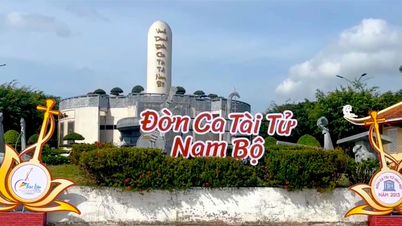

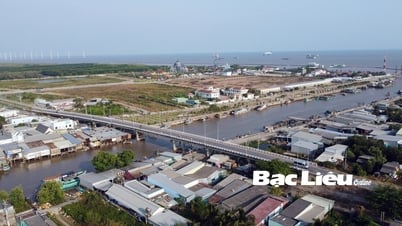










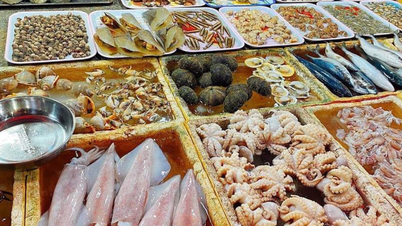












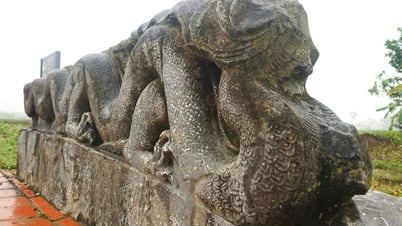





































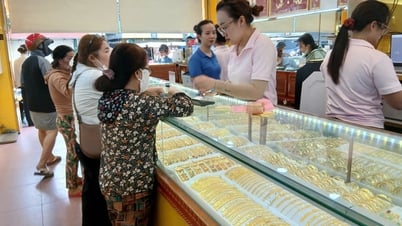

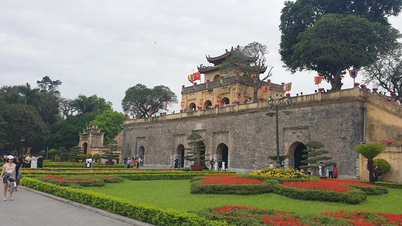

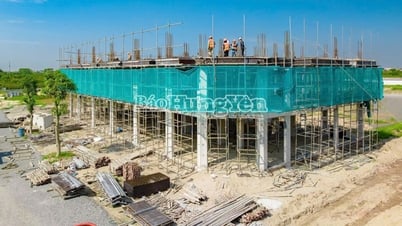

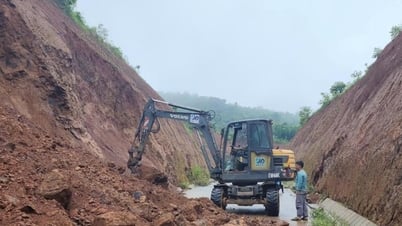













Comment (0)